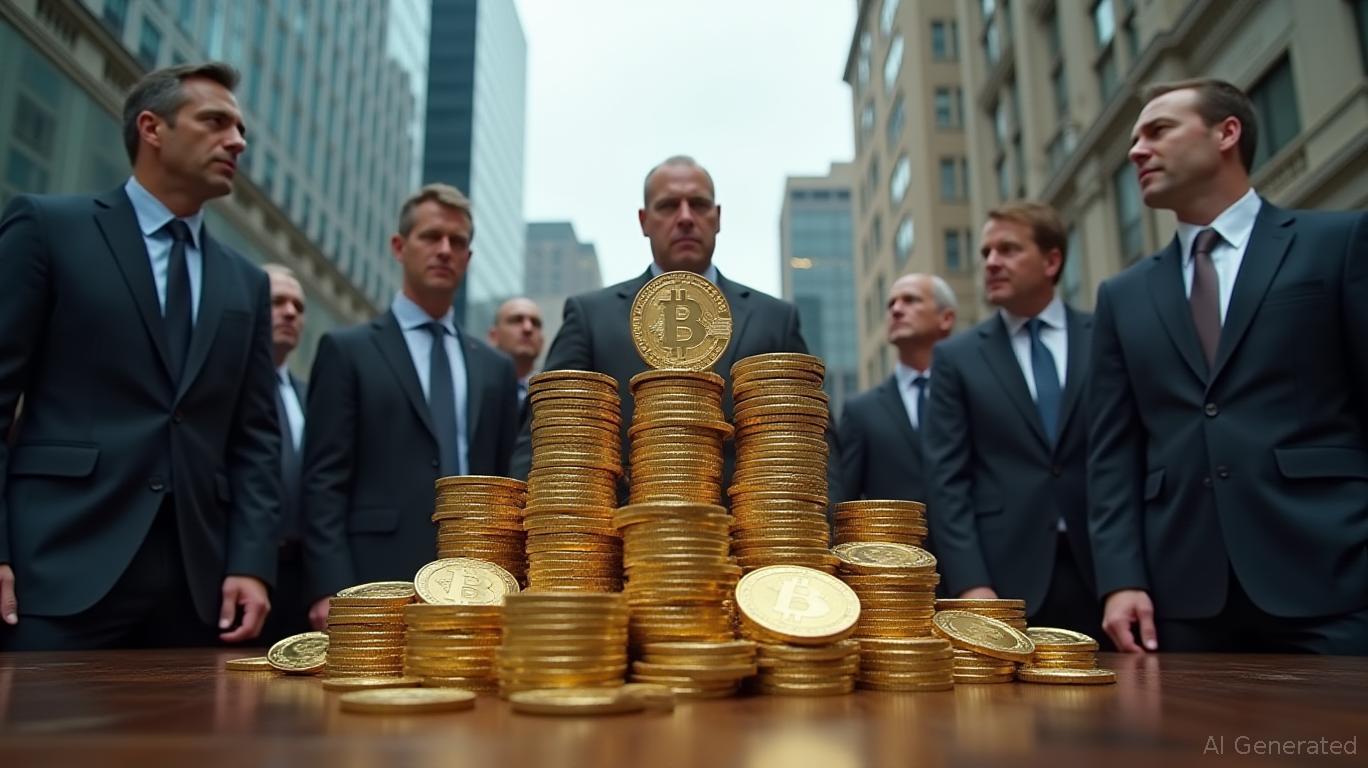Tokenized Treasuries Reach $8.7 Billion as Authorities and Competing RWA Platforms Draw Near
The value of tokenized U.S. Treasuries has climbed above $8.73 billion in assets under management, highlighting the growing convergence of traditional finance (TradFi) and blockchain, according to a
The tokenized treasury sector, which involves digitizing U.S. government bond and money market fund ownership, now counts over 57,900 holders—a 6% rise in the past week, per CryptoTimes. Securitize leads the market with a 33.5% share, bolstered by BlackRock’s BUIDL fund, which alone represents nearly $2.83 billion.

Yet, there are obstacles. U.S. securities regulations restrict tokenized treasuries to Qualified Purchasers, excluding most retail investors, and these products often have limited redemption windows, making them function more like conventional funds than round-the-clock crypto assets, according to
The RWA tokenization field is also expanding beyond treasuries. Khabib Nurmagomedov’s gym network, tokenized on the Mavryk blockchain, was featured by
Analysts point out that tokenized treasuries are attractive because they blend the reliability of TradFi with the speed and efficiency of blockchain. With CryptoTimes citing a seven-day average yield of 3.72%, these products present a strong alternative to traditional cash management, especially with current high treasury yields. However, scaling up will require addressing issues like interoperability across blockchains and standardized settlement processes. The recent adoption of ISO 20022 by Swift and
As the sector develops, competition is heating up. While tokenized treasuries currently lead, new RWA projects—from sports teams to education infrastructure—are entering the market. The next few quarters will reveal whether these innovations can match the trust and liquidity established by treasury tokenization. For now, the trend indicates that RWAs are evolving from a niche experiment into a core component of digital finance, as argued in an